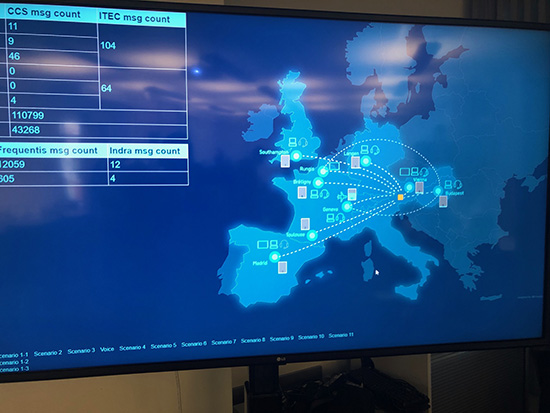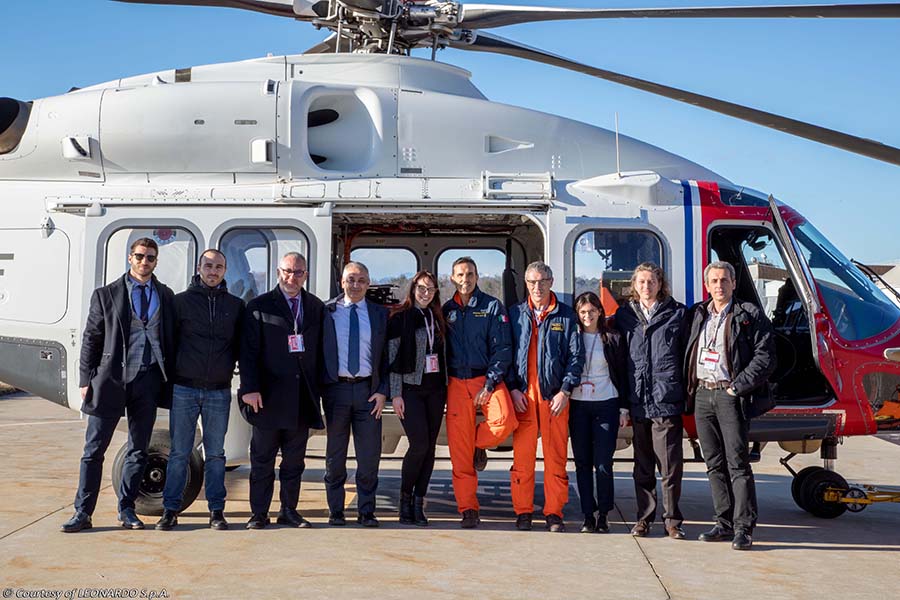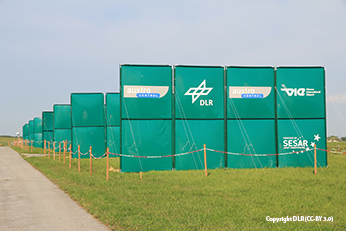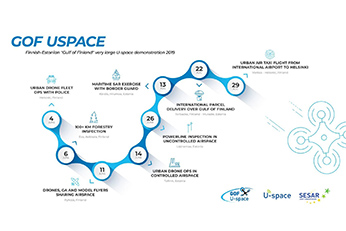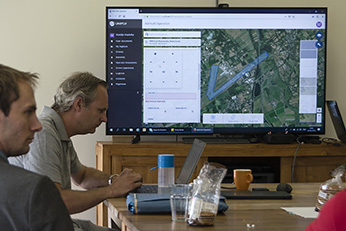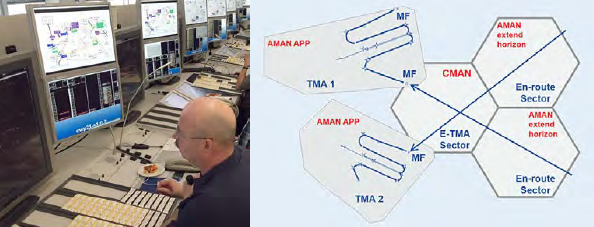Initial four-dimensional trajectory management (i4D) supports the move towards trajectory-based operations and more predictable air traffic. With i4D, trajectory predictions are computed by the aircraft’s flight management system (FMS) and shared among all operational stakeholders. The concept relies on datalink to downlink the FMS predictions, as well as uplink ATC constraints and clearances, which are auto-loaded in the FMS to keep trajectory predictions up-to-date.
SESAR has been instrumental in advancing i4D, with numerous validation exercises, culminating in live trials demonstration in February 2012 and March 2014, which tested avionics and ATC system prototypes developed by Airbus, Honeywell, Thales, MUAC and Noracon. In May 2014, EUROCAE and RTCA jointly developed and published i4D supporting standards, enabling partners to move ahead with i4D industrialisation. In December 2018, the first certification was granted by EASA and FAA to the Airbus A320, which have since been delivered to EasyJet – further aircraft certifications are in the pipeline for delivery to Air France, British Airways, Iberia, Novair, Wizzair.
These aircraft are taking take part in 'DIGITS' - a large-scale SESAR project demonstrating how sharing trajectory data with air traffic control can improve the predictability of air traffic. DIGITS provides a stepping stone for the Pilot Common Project (PCP AF-6), which mandates i4D deployment by European ANSPs in 2025, with 45% of the European flights equipped by 2026.
The progress made in i4D deployment in Europe is encouraging similar deployments in other world regions, e.g. In March 2019, a live trial was conducted by the Civil Aviation Authority of China, in collaboration with China Southern, China Electronic Technology Company, ADCC, Thales and Airbus.

